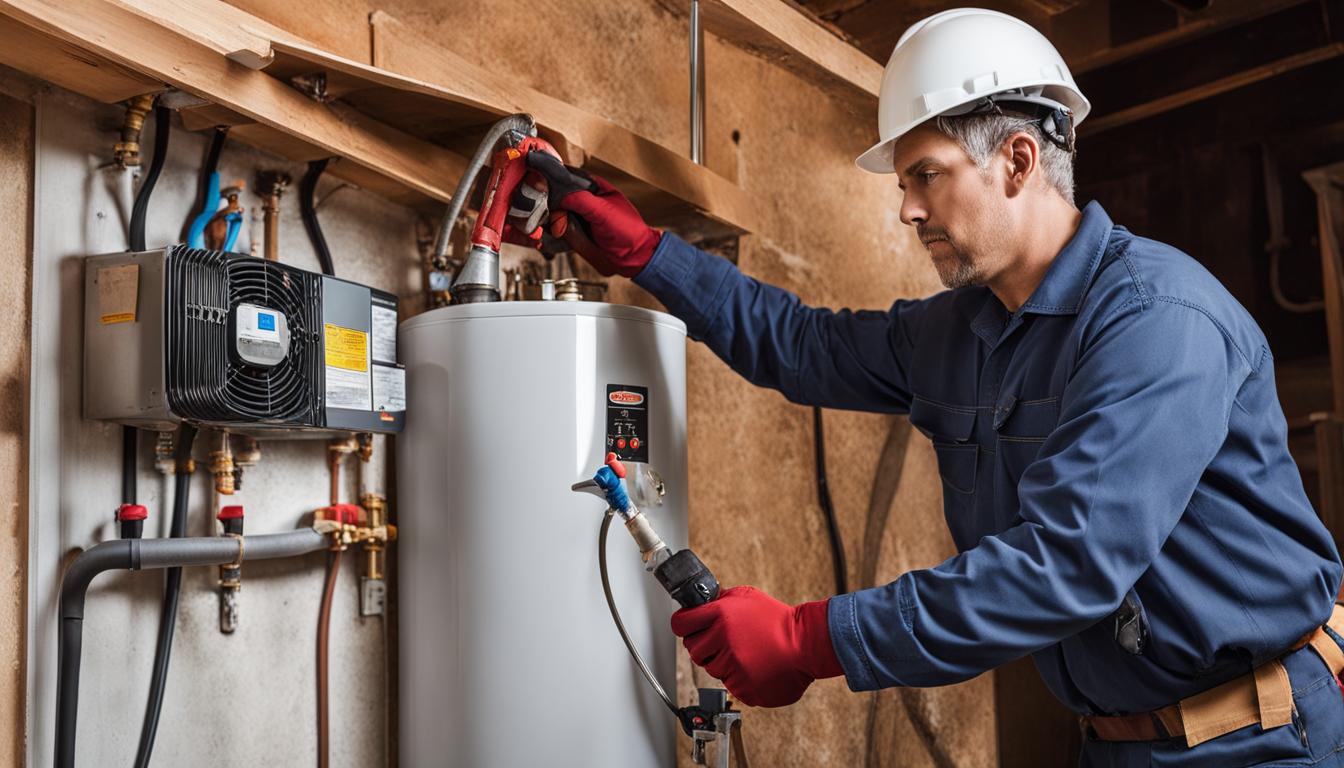How do you actually feel in regards to How to Maintain Your Water Heater & Prolong its Life?

Hot water is essential for day-to-day comfort, whether it's for a revitalizing shower or washing recipes. To ensure your warm water system runs efficiently and lasts much longer, routine upkeep is essential. This write-up offers sensible suggestions and understandings on how to preserve your home's warm water system to avoid interruptions and pricey repair work.
Intro
Preserving your home's warm water system might seem overwhelming, but with a few straightforward steps, you can ensure it operates efficiently for several years to come. This overview covers everything from comprehending your hot water system to DIY upkeep pointers and knowing when to employ professional aid.
Value of Keeping Your Hot Water System
Routine upkeep not just extends the life expectancy of your warm water system but also ensures it runs successfully. Neglecting maintenance can cause lowered efficiency, higher energy expenses, and also early failing of the system.
Signs Your Hot Water System Requirements Upkeep
Understanding when your warm water system requires focus can prevent major problems. Watch out for indications such as inconsistent water temperature level, weird noises from the heating unit, or corroded water.
Comprehending Your Hot Water System
Prior to diving right into upkeep jobs, it's helpful to recognize the fundamental elements of your warm water system. Usually, this consists of the hot water heater itself, pipes, anode rods, and temperature level controls.
Regular Monthly Maintenance Tasks
Routine regular monthly checks can help catch minor issues prior to they rise.
Purging the Hot Water Heater
Purging your hot water heater gets rid of debris accumulation, enhancing effectiveness and extending its life.
Checking and Replacing Anode Rods
Anode rods prevent corrosion inside the container. Evaluating and changing them when worn is vital.
Evaluating and Readjusting Temperature Level Setups
Adjusting the temperature setups makes certain ideal efficiency and safety and security.
Do It Yourself Tips for Maintenance
You can perform numerous upkeep tasks yourself to keep your hot water system in leading problem.
Looking for Leaks
Consistently inspect pipes and connections for leaks, as these can lead to water damages and greater expenses.
Evaluating Pressure Alleviation Valves
Testing the stress relief valve ensures it functions correctly and prevents too much stress accumulation.
Protecting Pipes
Insulating warm water pipelines decreases heat loss and can save power.
When to Call an Expert
While DIY upkeep is useful, some issues need professional competence.
Complex Problems Requiring Specialist Help
Instances consist of significant leaks, electrical problems, or if your water heater is consistently underperforming.
Regular Specialist Upkeep Benefits
Professional upkeep can include thorough examinations, tune-ups, and making sure conformity with security criteria.
Conclusion
Normal maintenance of your home's hot water system is essential for performance, durability, and price savings. By adhering to these suggestions and recognizing when to seek expert help, you can make sure a dependable supply of warm water without unanticipated disruptions.
How to Maintain an Instant Hot Water Heater
Before tinkering with your hot water heater, make sure that it’s not powered on. You also have to turn off the main circuit breaker and shut off the main gas line to prevent accidents. Also turn off the water valves connected to your unit to prevent water from flowing into and out of the appliance. 2. When you’re done, you have to detach the purge valves’ caps. These look like the letter “T” and are situated on either side of the water valves. Doing so will release any pressure that has accumulated inside the valves while at the same time avoid hot water from shooting out and burning your skin. 3. When the purge valves’ caps are removed, you have to connect your hosing lines to the valves. Your unit should have come with three hoses but if it didn’t, you can purchase these things from any hardware or home repair shops. You can also get them from retail stores that sell water heating systems. Read the user’s manual and follow it to complete this task properly. When the hosing lines are connected, open the purge port’s valves. 4. You should never use harsh chemical cleaners or solutions when cleaning your unit. Make use of white vinegar instead. It should be undiluted and you’ll probably use about 2 gallons. 5. Now flush your water heater. This task should probably take about 40 minutes. We can’t give you specific directions for this because the procedure is carried out depending on the type, model and brand of your heater. With that being said, refer to the user’s manual. 6. When you’re done draining the unit, you have to turn off the purge port valves again. Remove the hosing lines that you earlier installed on each of the water valves. Put the valve caps (purge port) back in their respective places and be very careful so as not to damage the rubber discs that are found inside these caps. 7. Now that everything’s back in place, check your user’s manual again to find out how to reactivate your water heating system. 8. Once it is working, turn one of your hot water faucets on just to let air pass through the heater’s water supply pipes. Leave the tap on until water flows smoothly out of it. https://www.orrplumbing.com/blog/2014/september/how-to-maintain-an-instant-hot-water-heater/

Do you really like more info about How to Maintain Your Water Heater & Prolong its Life? Try leaving feedback further down. We'd be delighted to listen to your suggestions about this write up. We are looking forward to see you back again in the future. Kindly take the time to distribute this write-up if you enjoyed reading it. Kudos for your time. Revisit us soon.
Book-Now